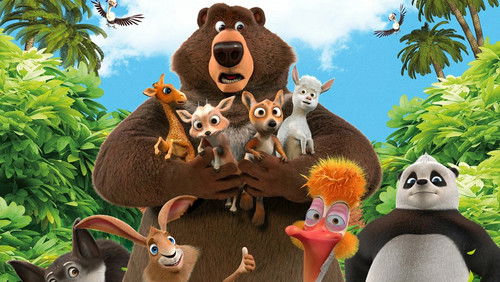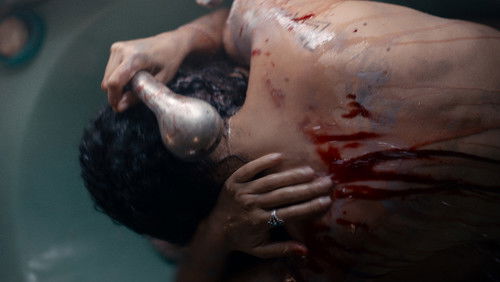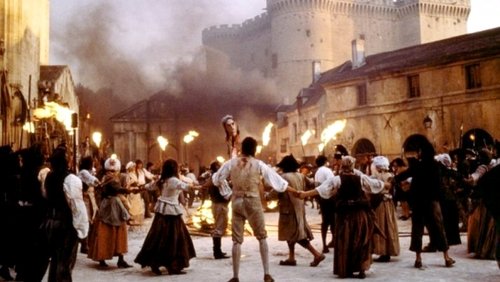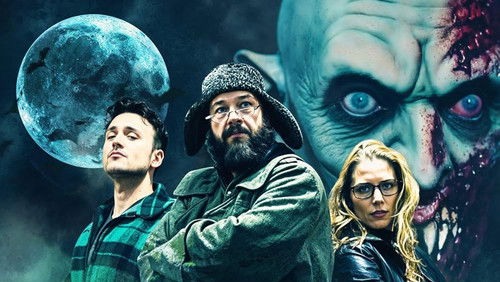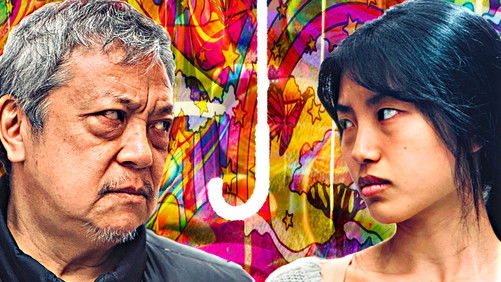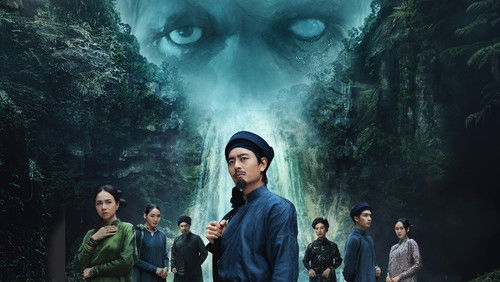Australia (2008)
26KAustralia: Directed by Baz Luhrmann. With Shea Adams, Eddie Baroo, Ray Barrett, Tony Barry. Set in northern Australia before World War II, an English aristocrat who inherits a sprawling ranch reluctantly pacts with a stock-man in order to protect her new property from a takeover plot. As the pair drive 2,000 head of cattle over unforgiving landscape, they experience the bombing of Darwin, Australia, by Japanese forces firsthand.
“Here is a film that works on multiple levels; thrilling action adventure, detailed period piece, moving romance, stirring war movie, and it also continues the resurrection of the western.u003cbr/u003eu003cbr/u003eAs a result, the sum of its vast parts make for a long running film (165 min), yet every minute is filled to the brim with captivating detail.u003cbr/u003eu003cbr/u003eWhat Luhrmann does well with Australia is tap into the majestic allure of the outback, and amplifies it. This is no surprise, since he is a master at approaching his material with a fantastical bent, creating truly memorable and often surreal sequences, which Australia provides plenty.u003cbr/u003eu003cbr/u003eAboriginal culture and its relationship with nature, in particular, have fuelled Luhrmannu0026#39;s imaginative vision. The heart and soul of Australia lies within the mythology and customs of Australiau0026#39;s indigenous people, and their often tumultuous relationship with European settlers.u003cbr/u003eu003cbr/u003eThis is made flesh in the form of young Nullah, a mixed race Aboriginal boy on the run from the authorities, who want to forcibly remove him from his home, and place him in a u0026quot;civilisedu0026quot; environment. He is played by Brandon Walters, who is impressive in his debut performance.u003cbr/u003eu003cbr/u003eWith Nullah playing narrator, the viewer is introduced to Lady Sarah Ashley (Nicole Kidman), an English aristocrat who inherits her late husbandu0026#39;s cattle station, which is located in the Northern Australian city of Darwin. Caught in a rivalry with fellow beef exporter King Carney (Bryan Brown), Lady Ashley enlists the services of The Drover (Hugh Jackman) to herd 1500 head of cattle in order to fulfil a contract with the Australian Army.u003cbr/u003eu003cbr/u003eBoth Kidman and Jackman two exceptionally gifted actors who, with the help of Australia, have overcome recent rocky patches in their careers provide noteworthy performances and believable on screen chemistry.u003cbr/u003eu003cbr/u003eTall, pale, and thin, Kidman plays regal very well, courting an in full force stiff upper lip, that gives way to several funny moments, while trying to break out of her icy exterior. Of particular mention is her vain attempt to herd cattle; and a woeful rendition of u0026quot;Somewhere over the Rainbowu0026quot; to a clearly amused Walters.u003cbr/u003eu003cbr/u003eJackman, meanwhile, evokes Clint Eastwood, Harrison Ford, and Humphrey Bogart to fine effect as the no nonsense, hands on Drover, while also providing eye candy for female viewers.u003cbr/u003eu003cbr/u003eSupporting roles are superbly fulfilled by top shelf Australian talent: Bryan Brown is effective yet given a disappointing limited amount of screen time; Jack Thompson seems to be gleefully enjoying his role as an alcoholic lawyer; and a scene stealing David Wenham is all evil smirks and nasty attitude as the films key villain.u003cbr/u003eu003cbr/u003eYet the most impressive character in Australia has to be its awe inspiring and vibrant landscape, which is captured magnificently by cinematographer Mandy Walker.u003cbr/u003eu003cbr/u003eUnfortunately, the films use of artificial visual effects does clash with the natural beauty that the outback projects.u003cbr/u003eu003cbr/u003eAustralia is a film which clearly parades its influences on screen. References to The African Queen, Gone with the Wind, and Big Country are particularly notable.u003cbr/u003eu003cbr/u003eYet it is no mere carbon copy of the films from decades past. Rather, Australia is an enchanting throwback to an era of film-making which strived to entertain its audiences with dazzling spectacle and melodrama, coupled with a historical snapshot of circa early 1940s Darwin, and all of the beauty and ugliness that comes with it.”
